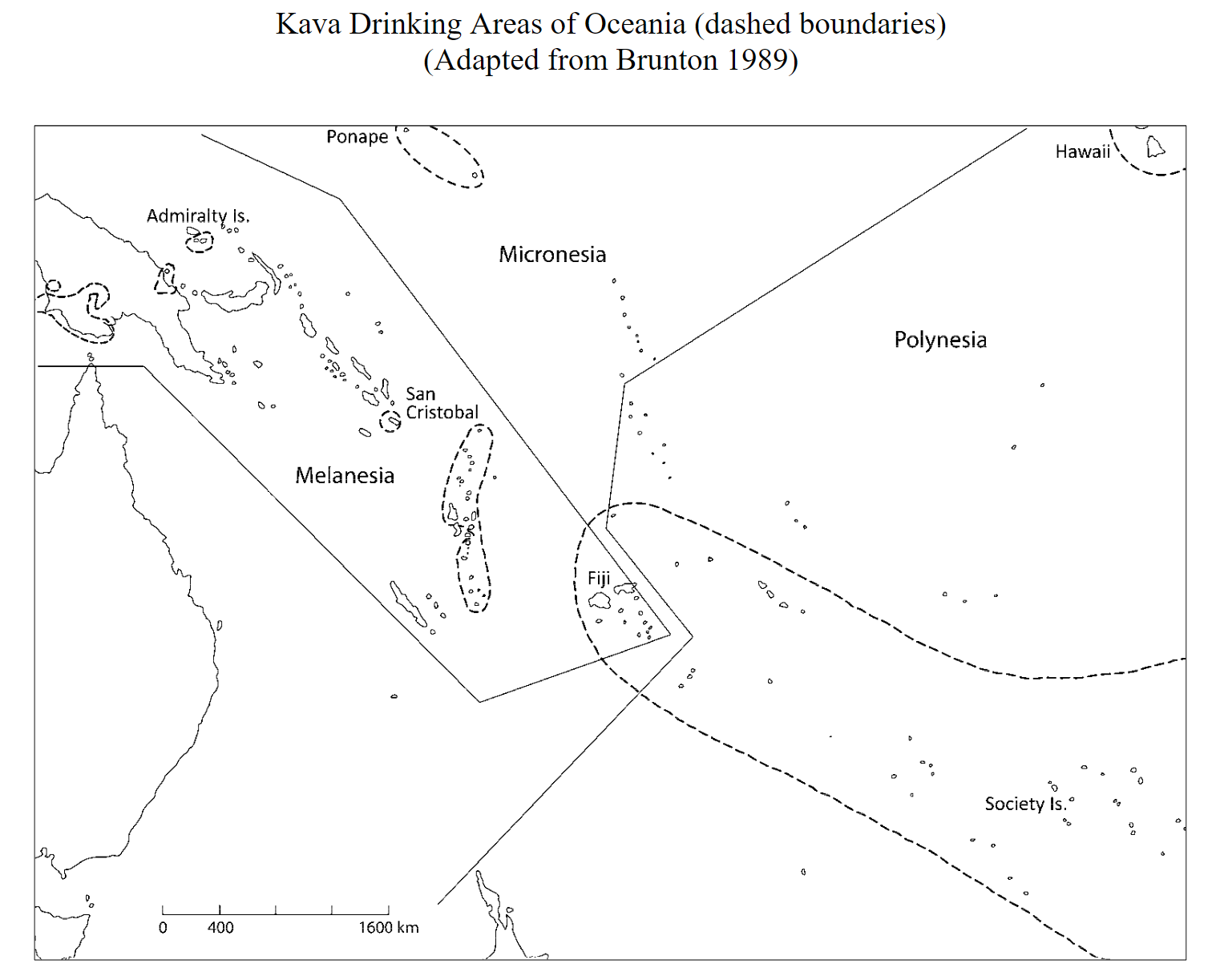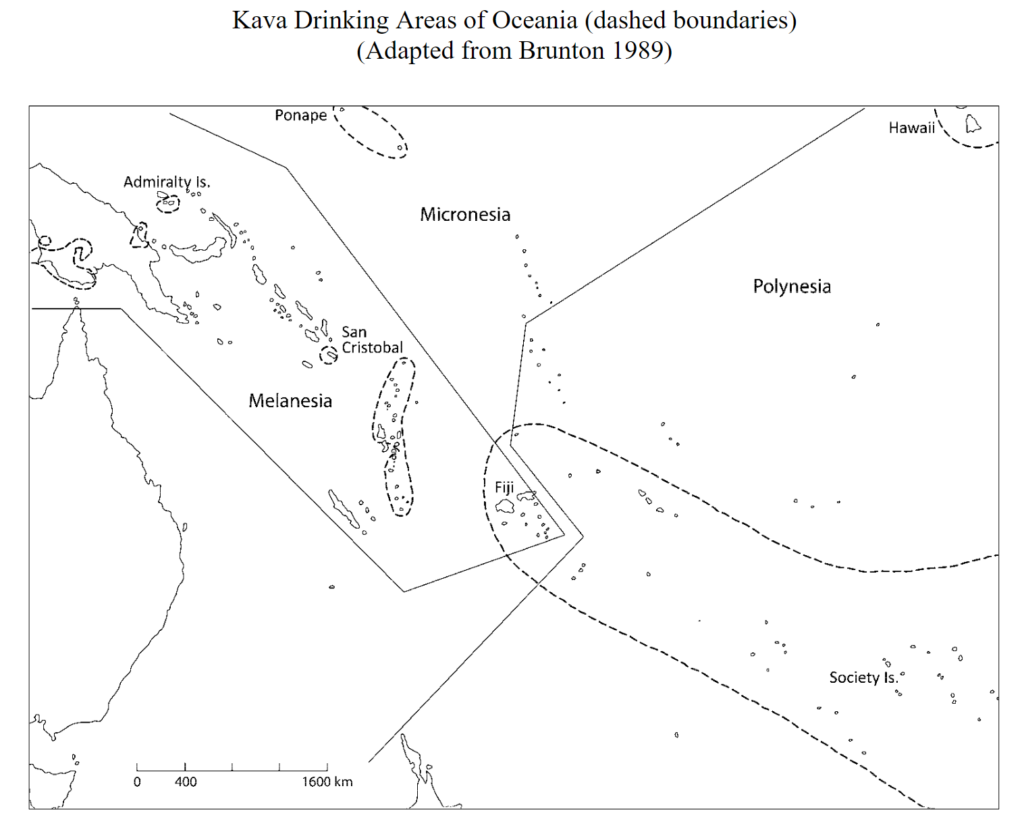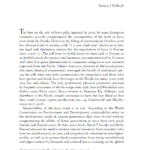A summary/commentary of “Listening to the Ancestors: Kava and the Lapita Peoples” by James Turner.

Citation: Turner, James West. 2012. “Listening to the Ancestors: Kava and the Lapita Peoples.” Ethnology 51 (1). https://www.jstor.org/stable/43657285
Quick Excerpt:
Kava, a plant native to the Pacific Islands, has played a significant role in the cultural and religious practices of the Lapita peoples. The plant is deeply intertwined with the concept of death and serves as a medium for communicating with ancestors.
Full Summary:
Kava, or Piper methysticum, is more than just a plant in the Pacific Islands; it’s a cornerstone of cultural, religious, and social practices, particularly among the Lapita peoples. Originating in Vanuatu, the plant was first domesticated by settlers who carried with them the rich Lapita traditions. These traditions evolved into a complex set of practices and beliefs, central to which is the association between kava and the concept of death. In these societies, its consumption serves as a medium for communication with ancestors, who are considered potent sources of power and wisdom.
The pharmacological effects of kava are as diverse as they are significant. It acts as a mild narcotic, a soporific, a muscle relaxant, and a mild diuretic. Additionally, it also possibly possesses analgesic, antimycotic, and antibacterial properties. Despite this wide range of effects, it’s crucial to note that kava is neither a hallucinogen nor a stupefacient. The plant has been subject to various scientific interpretations and evaluations. Some anthropologists, based on their fieldwork in Western Polynesia, have even questioned its efficacy, attributing its effects to a placebo phenomenon.
In traditional Pacific societies, the consumption of kava has been a privilege accorded mainly to senior or high-ranking men. These men are considered the principal intermediaries between the world of the living and the supernatural realm. They bear the responsibility for the ritualistic and religious aspects of society, a role that is seen as complementary to women’s role in natural reproduction. The restrictions on kava consumption based on gender and age were not arbitrary but were rooted in religious rules and beliefs. However, these restrictions have been relaxed in many places, such as Fiji and Vanuatu, without any discernible negative impact on the demand or cultural value of kava.
One of the most intriguing aspects of kava is its deep-rooted association with death. The plant often plays a pivotal role in funerals and rituals surrounding death across various Pacific cultures. In some societies on New Guinea’s north coast, kava is consumed exclusively in the context of death rituals. Among the Bargam people of Madang Province in Papua New Guinea, for instance, elders consume it while discussing the possible causes of a person’s death. This association with death extends to the etymology of the term “kava” itself, linking it to concepts of poison, disease, and sacrifice in various Pacific myths and languages.
The widespread traditional prohibitions on kava consumption based on age and gender can be seen as the diffusion of a “package” of practice and belief from a single region of origin. This package serves to highlight the original ritualistic focus, which is its association with death and the supernatural. Over time, traditional beverage has not only remained a vital part of religious traditions but has also become a subject of extensive ethnological, archaeological, and linguistic studies. This makes the beverage a complex and multi-dimensional aspect of Pacific cultures, one that continues to fascinate and puzzle researchers and enthusiasts alike.
In summary, kava is not merely a plant or a substance; it’s a symbol, a ritual, and a bridge between the living and the supernatural. Its role in Pacific societies, especially among the Lapita peoples, is a testament to its enduring cultural significance and its intricate ties with the very fabric of life and death.
Notes:
The document provides an in-depth look at the multifaceted role of kava in Pacific societies, especially its significance in the Lapita cultures. It covers the plant’s pharmacological effects, its traditional consumption restrictions, and its profound association with death and the supernatural.




